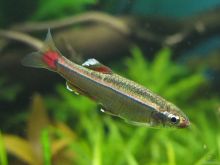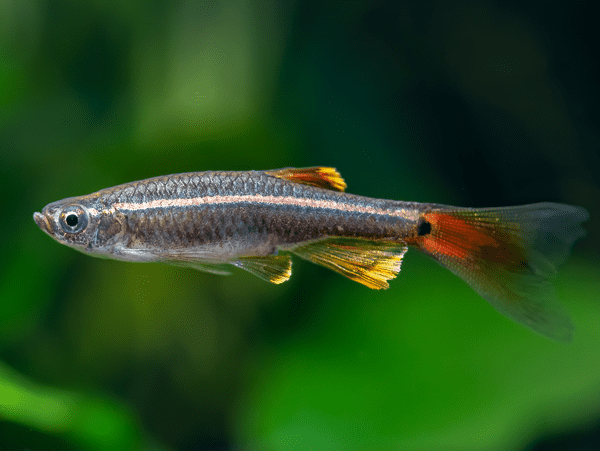
Alias Tanichthys albonubes,White Cloud Mountain Minnow, Baiyunshan fish, Tang fish, Baiyun golden fish, golden fish, redtail fish, Guangdong crucian carp, Pan's crucian carp
Family Cypriniformes Cyprinidae Tang
Weight No verification information
Life No verification information
The Latin name of the minnow is Tanichthys albonubes, and its foreign name is White Cloud Mountain Minnow. There is no subspecies.

The minnow is bold, lively and gentle. Although distributed in the subtropics, it is still cold-resistant and can still live normally when the water temperature drops to 5℃. It is an omnivorous small fish that mainly feeds on zooplankton and humus.
Tang fish lays eggs and reproduces when the water temperature is about 23.3℃. The eggs are non-basic and sinking eggs. The fry hatch about 2 days after spawning. When the yolk is exhausted at about 35 days of hatching, it can actively seek food. The spawning period is from spring to autumn. Parents can reproduce more than twice in spring and summer. Female parents only lay dozens of eggs at a time.
Listed in the "Red List of Endangered Species of the World Conservation Union" (IUCN 2010 ver 3.1) - Data Deficient (DD).
Listed in the "China Biodiversity Red List - Vertebrate Volume" (May 20, 2015) - Critically Endangered (CR).
Listed in the second level of China's 2021 edition of the "National Key Protected Wildlife List" (only for wild populations).
Protect wildlife and eliminate game.
Maintaining ecological balance is everyone's responsibility!